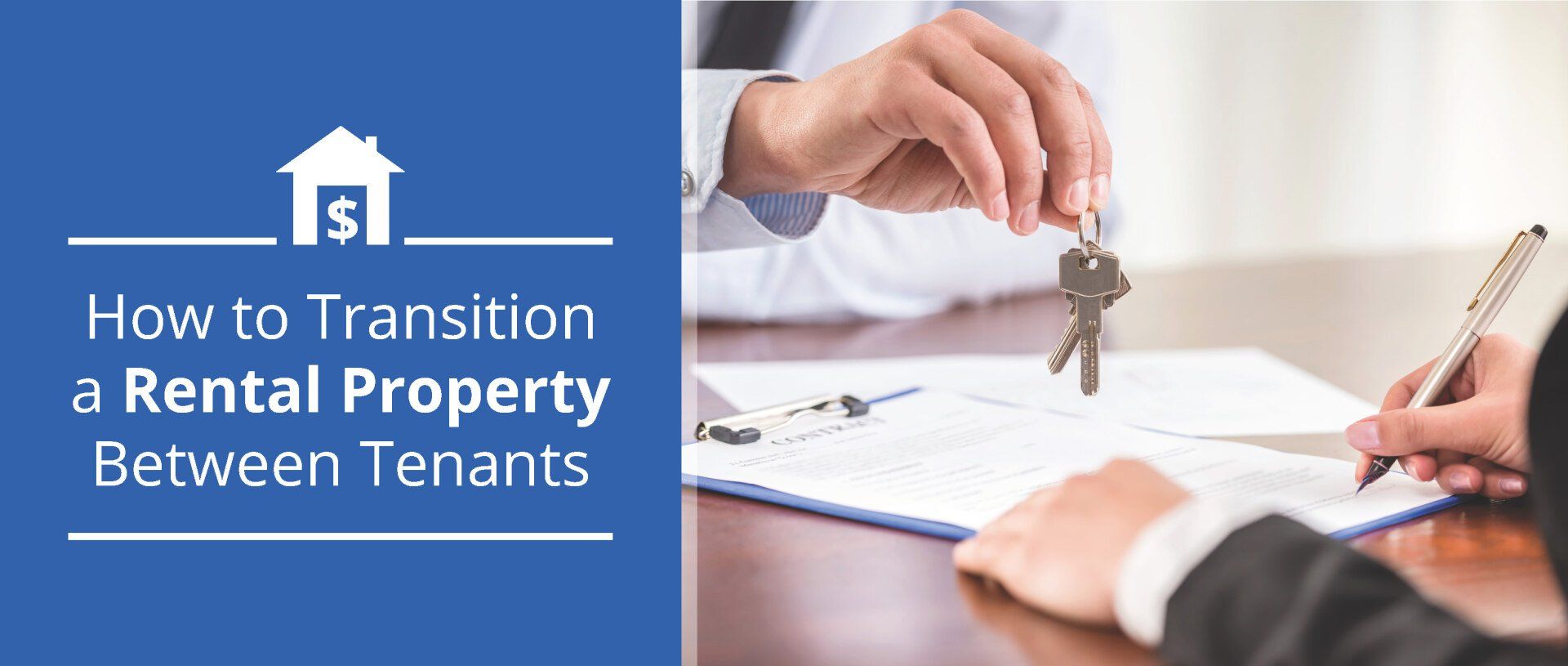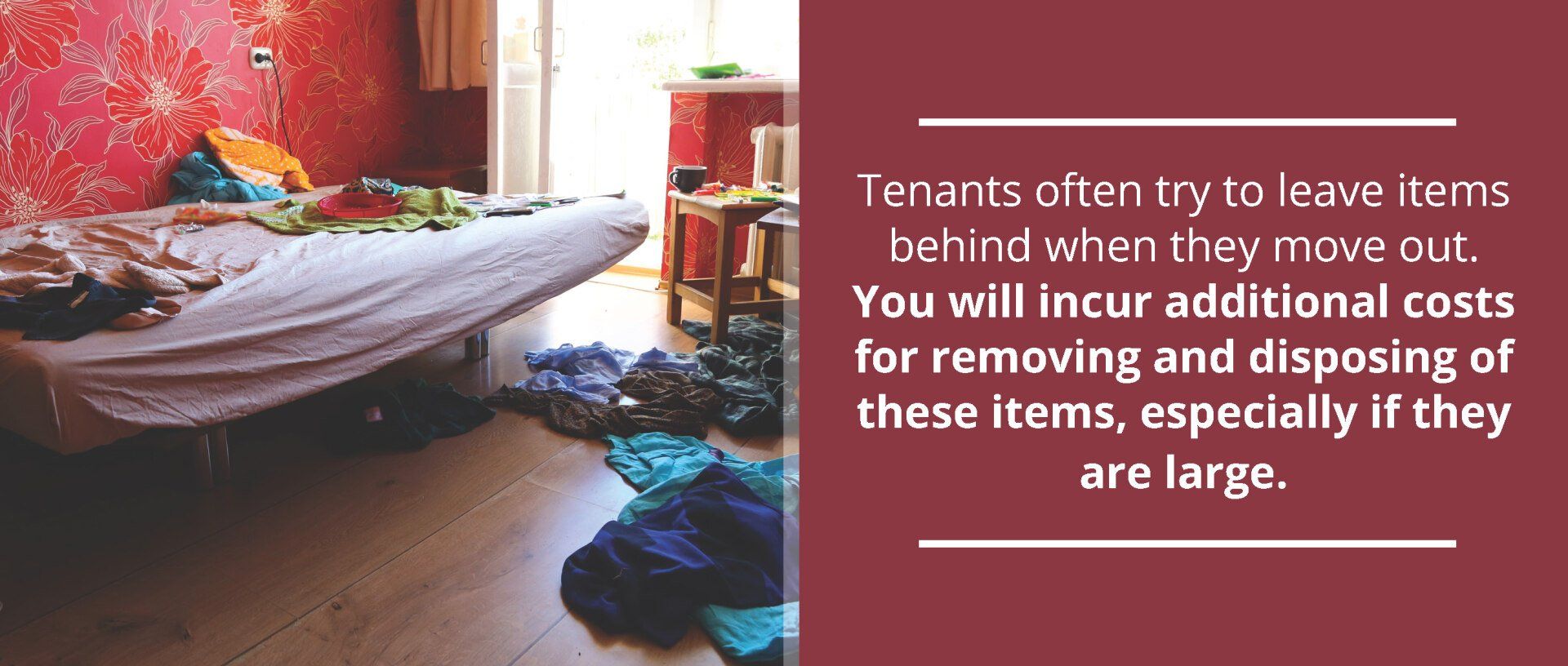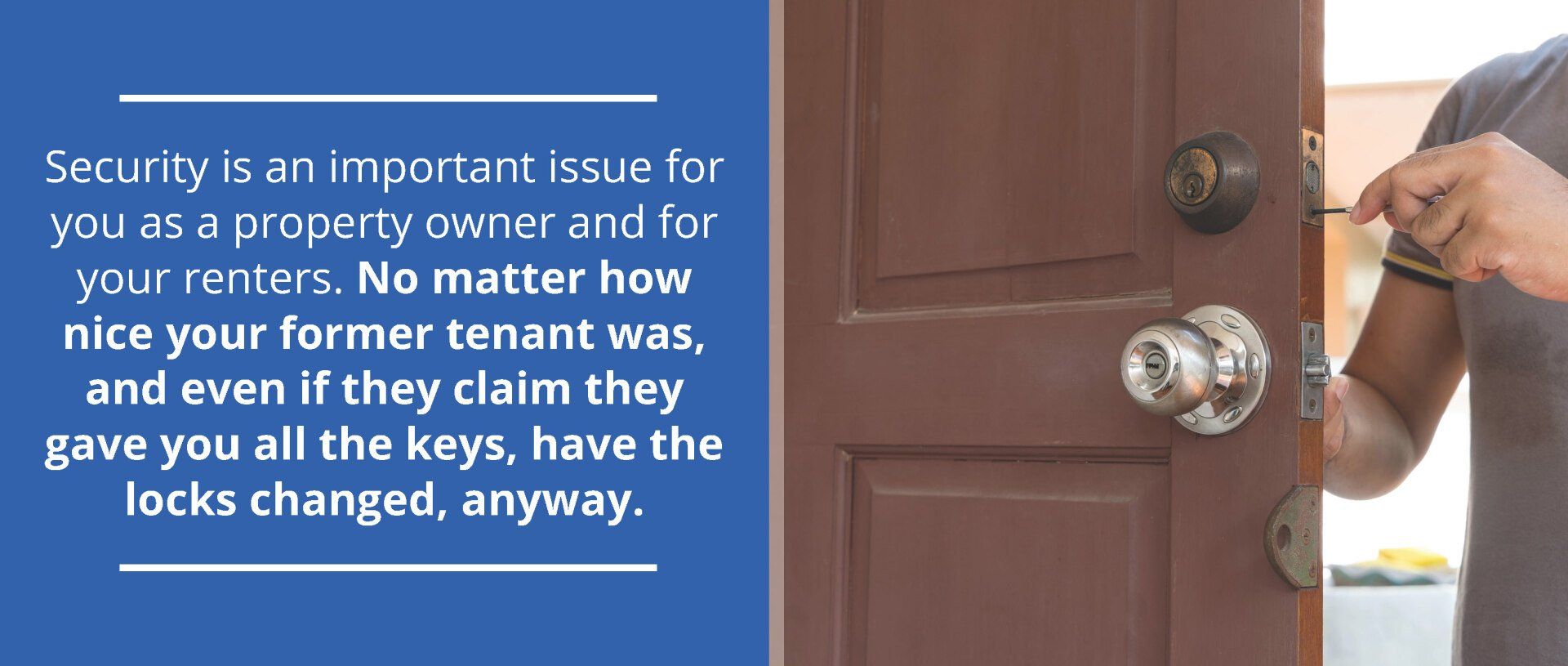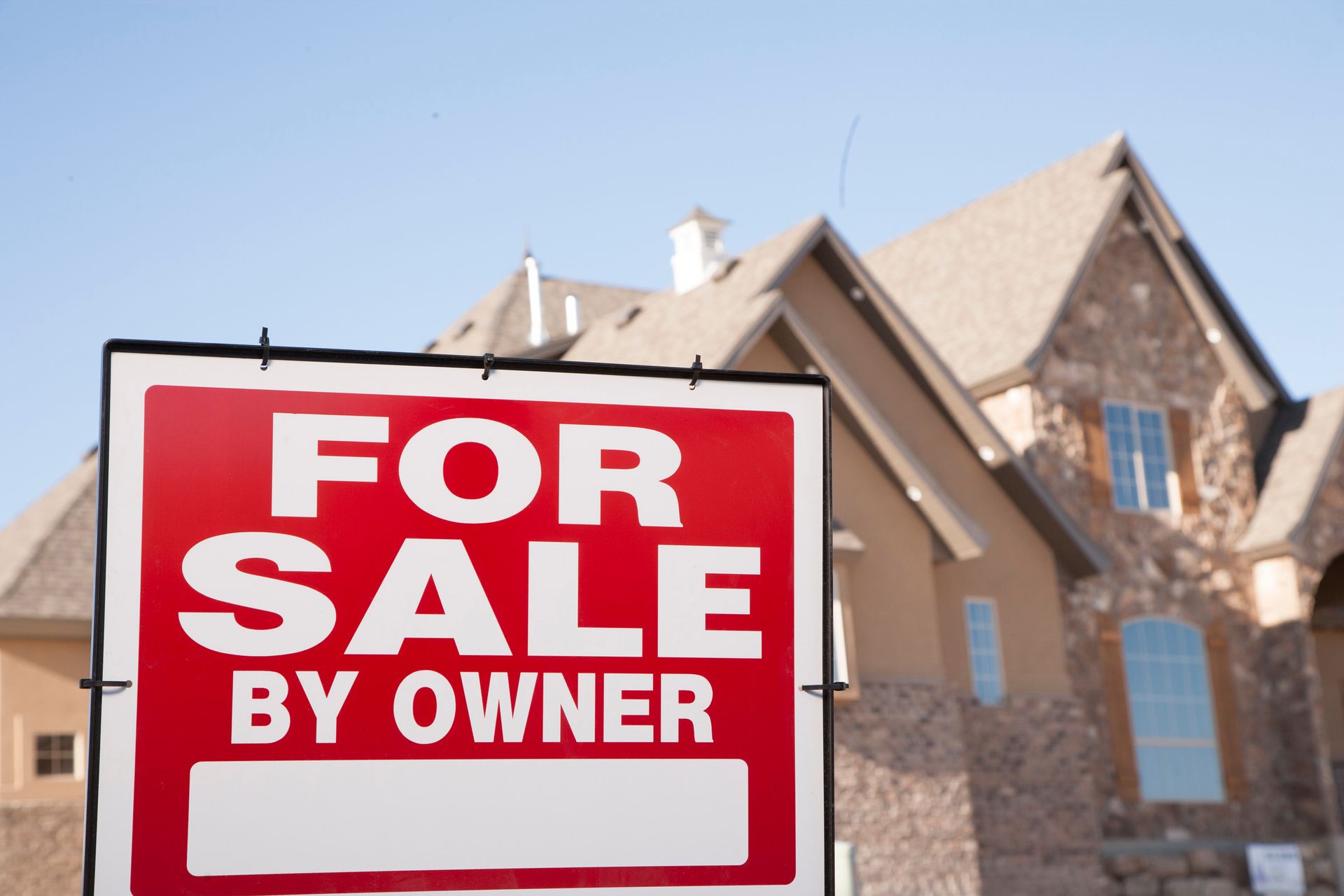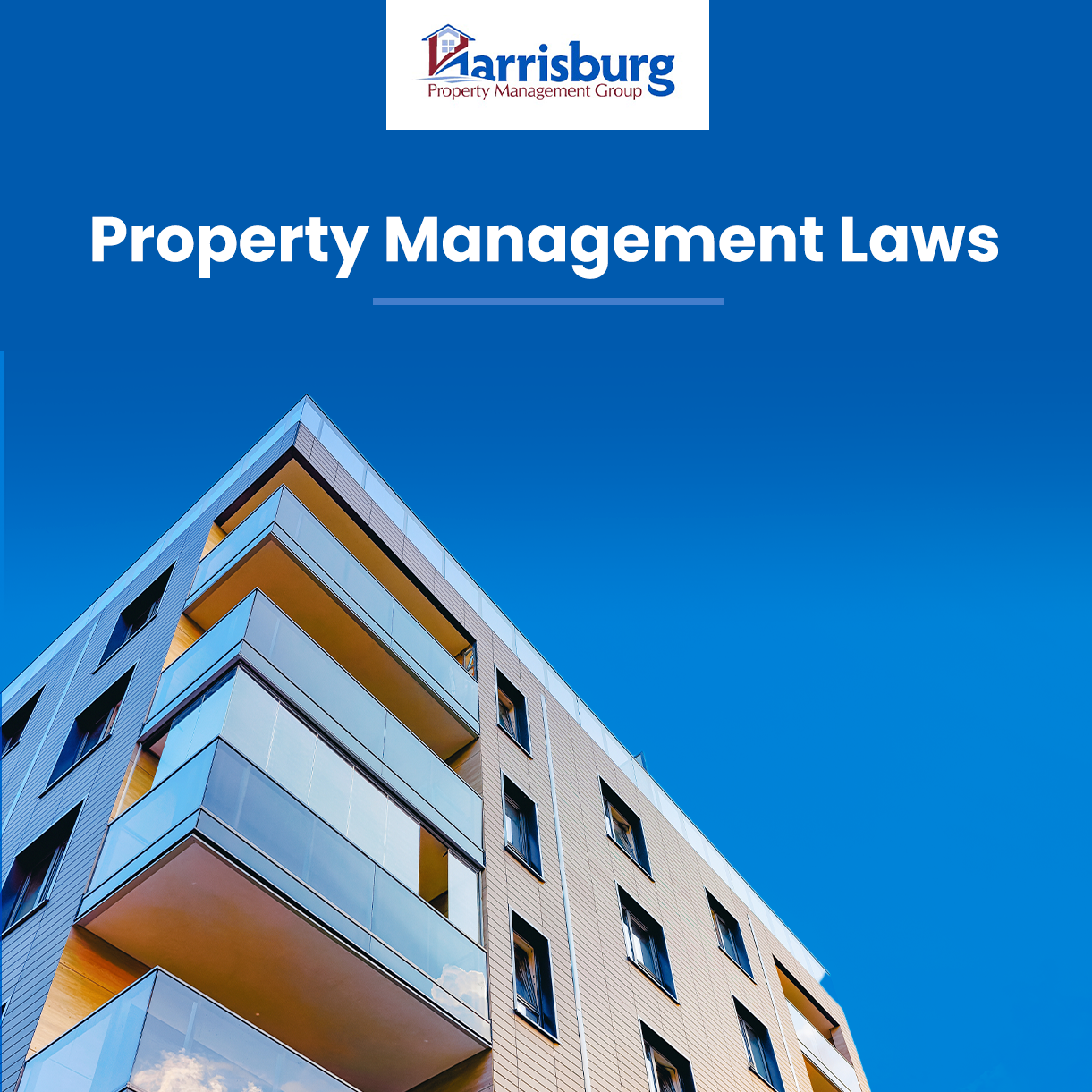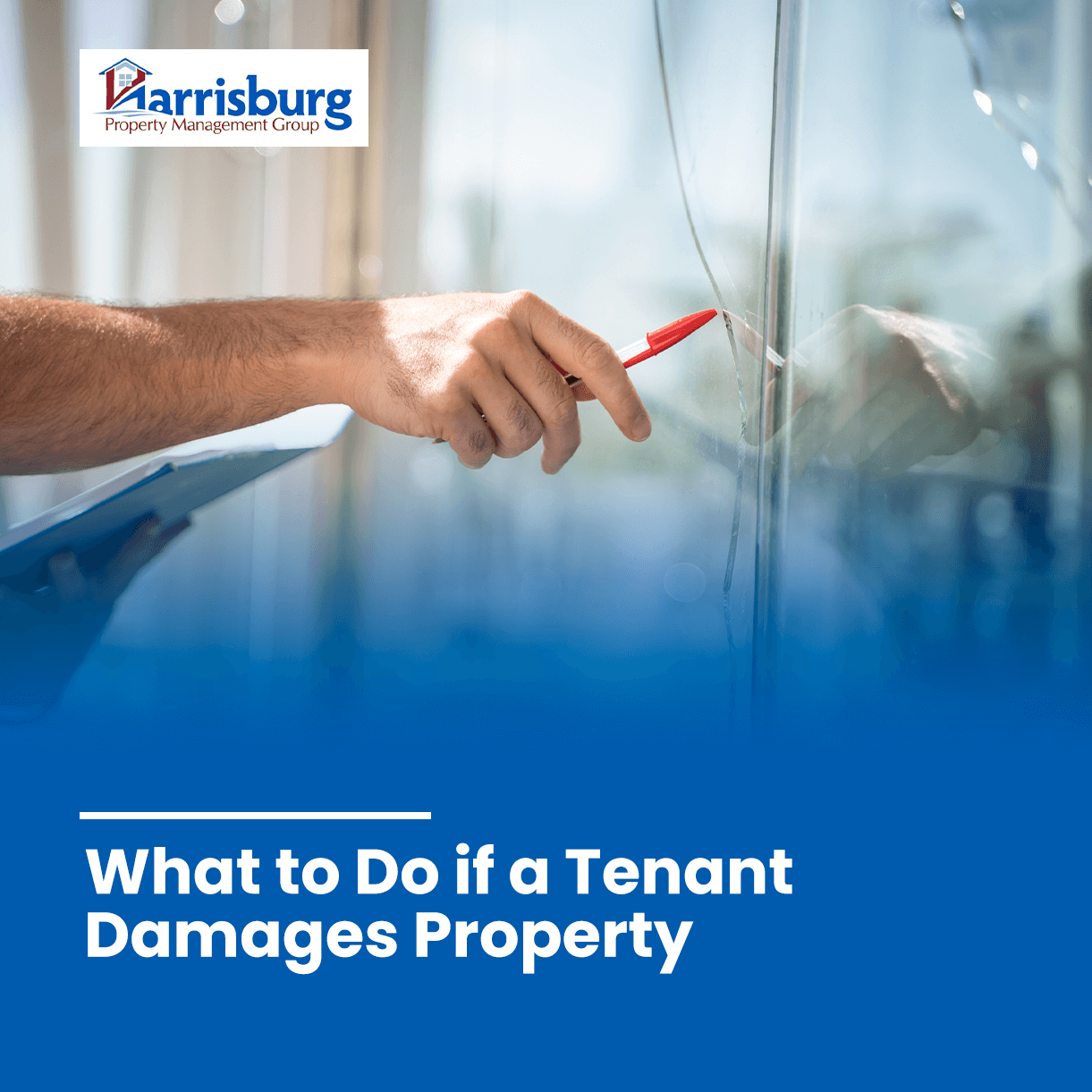Successfully Transitioning a Rental Property Between Tenants
How to Transition a Rental Property Between Tenants
During the spring, summer and autumn seasons, it’s common to see more people moving house. If you’re a landlord, that means having more renters moving in and out of your property. Successfully transitioning a rental property between tenants requires a solid plan. A good plan helps you secure qualified tenants, build trust with future renters and protect your investment.
Wondering what to do when a tenant moves out? The team at Harrisburg Property Management Group has put together this guide to help you when a tenant moves out and a new renter moves in.
Table of Contents
Managing moving tenants out begins when the tenant moves in. Your lease should require a tenant to give you ample notice when they intend to move out. You will need time to find a new tenant and prepare the unit for someone new to move in. Landlords typically require a 30 to 60-day notice for tenants moving out.
It is a good idea to require the tenant to notify you in writing of their reason for moving out of apartment. You can use the date of this correspondence to begin the notice period. If the tenant chooses to move out before the 60 or 90 days is up, that is fine. They can still be held responsible for paying rent through the end of the notice period.
It might be a bonus to you if the tenant moves out early, as this gives you extra time between tenants to prepare the unit. Sometimes showing a rental unit after the previous tenant has removed all their belongings makes re-renting easier. You don’t have control over how clean and neat a tenant keeps their home and your unit, and if they move out early, you’ll have an opportunity to make any repairs or updates before the new tenant moves in.
If the new tenant moves in before the end of the notice period, however, you must return a portion of the previous tenant’s rent. It is not legal to accept rent from two different parties for the same rental unit at the same time, however some leases provide for an early termination fee that may lessen the amount required to be returned to the present vacating tenant.
Rental Property Move-Out Inspection
Tenants often try to leave items behind when they move out. Anything they have trouble moving or just no longer want could be left behind. You will incur additional costs for removing and disposing of these items, especially if they are large. Any items left behind may also obscure your view of damage to the rental unit. One way to avoid this from happening is providing move out instructions for tenants.
Conduct a move-out inspection in an organized fashion, moving slowly from one room to the next. Jumping around could cause you to miss something important. Possibly you invite the tenant to attend the inspection, but if you believe the move-out inspection with the tenant present will be nothing more than an adversarial confrontation, do not force the issue of their presence, and proceed with a well-documented and photographed move-out inspection.
Do your homework before the move-out inspection, so you know your legal rights as a landlord. Certain types of damage can be deducted from the security deposit, but you do not want to overstep your legal rights. In most states, landlords are not permitted to deduct “normal wear & tear” from a security deposit. Check with state and local authorities or your property management company on tenant/landlord law in your area to be sure you understand the financial responsibilities of your tenant with respect to leaving the rental unit.
The best way to conduct the inspection is with a rental move-out checklist. You can obtain a sample checklist online or from a real estate or rental agency. Customize the checklist for your specific property, and be sure to include any special arrangements you have with the tenant, like a pet waiver. A tenant move-out checklist will help you cover everything and document any problems you find.
Returning the Security Deposit to Your Tenant
One of the biggest mistakes that landlords make is returning the security deposit too soon, and then discovering damages that should have been deducted. You have 30 days from the time the tenant moves out to return their security deposit.
Another common mistake with security deposits is withholding the deposit for unwarranted reasons. Ideally, your lease agreement should spell out what items can be deducted from the security deposit. Remember that it is not your opportunity to get even with a tenant you didn’t like. The deductions from the security deposit must be related to specific conditions of the rental unit at the time of move out.
If you plan to withhold funds from the security deposit, you need to document the costs, and move quickly to get estimates from contractors to resolve any big issues. If you intend to deduct money for cleaning or removal of trash, you will also need documentation of those charges.
Within 30 days of move out, you must communicate with the old tenant regarding the security deposit. If you are withholding all or any portion of it, you must send an itemized reconciliation. Failure to return a security deposit or send an explanation of the funds you are withholding within 30 days could result in you owing the renter for three times the amount of the original security deposit.
What does a landlord have to do before a new tenant moves in?
Use these ideas to create a rental pre-move-in checklist for yourself, so you know what to do between tenants:
- Paint the apartment. A fresh coat of paint will make your rental property show better and be a clean start for your new tenant. Most leases are very restrictive about letting tenants paint, and for good reason. By painting the unit yourself, you can control the color and the quality of the job.
- Schedule any necessary maintenance/repairs. This is the time to discover if the faucets drip or the drains leak. Test all the plumbing and electrical and bring everything up to excellent working order. Many times, tenants will not report something like a small water leak because they think it is no big deal. However, it can cause significant damage to surrounding cabinetry, flooring, etc. Regular maintenance performed between tenants can help you avoid the need for large repairs.
- Change locks. Security is an important issue for you as a property owner and for your renters. No matter how nice your former tenant was, and even if they claim they gave you all the keys, have the locks changed, anyway. If a problem arises in the future, your liability is mitigated by the new locks.
- Check & change batteries in smoke & carbon monoxide detectors. Safety is another huge concern and liability when you are a landlord. In many locations, the building code requires smoke detectors and carbon monoxide detectors to be hardwired. These devices also have an expiration date and should be replaced after their expected lifetime, usually ten years. Replace any detectors that are old. If you are able to, upgrade to hardwired units. Put fresh batteries in all applicable detectors no matter what the former tenant tells you about the age of the current batteries.
- Get the property thoroughly cleaned & perform outdoor maintenance. When the indoor maintenance is complete, perform a thorough cleaning. You cannot control how often your new tenants will clean, but at least you will know they started out with a freshly cleaned apartment. Take this time to catch up on outdoor maintenance as well. You may need to paint or reseal windows, replace broken shutters or repair cracked walkways. Do as much as you can while the rental unit is empty.
- Take pre-move-in pictures of the state of the apartment. When all your cleaning and maintenance is done, document the condition of the rental unit with photos. Pay special attention to any recent repairs, taking pictures of new pipes under the sink or countertops you replaced. Think about the types of maintenance issues that usually come up and document the fact that they do not exist before the tenant moves in. Your photos should show the condition of the carpets, that the windows close tightly and that there are no nicks or dents in the walls. You may want to use some of these photos to advertise the apartment when the next tenant is ready to move out.
- Share a move-in checklist and move-in letter. Do a walk-through with your tenant, using a move-in checklist to confirm everything is in good working order. This step ensures you both agree on the condition of the property. If you ask the tenant to sign the checklist once it’s filled out, you’ll both have a reminder of the original state of the property once the renter is ready to move out. There are apps now that can assist with move-in inspections, can be completed by the tenant, and a record of the report and photos is generated for review at move-out. You might also want to create a move-in letter to welcome your new tenant, share contact information for any maintenance questions and review any property rules. It’s a warm way to greet your new renter and establish expectations.
- Show them that you will be a good landlord from day one. Landlords are often focused on getting good tenants who will pay their rent on time and take good care of the property while they live there. However, put yourself in the tenant’s position and consider what you would want from a landlord, too. Completing the necessary maintenance and cleaning is one way to show you’ll be a good landlord. Also, let the new tenant know that you wish to be notified anytime something needs repair, and be sure the tenant knows how to reach you in case of an emergency.
- Collect the first month’s rent before move in. The beginning of a rental arrangement is a little risky. You don’t know what the tenant is like, and they do not know you. Once the tenant moves into the rental unit, your relationship becomes more complicated. Make sure you collect the first month’s rent before the move-in day. You should have time to cash the check to be sure there are no issues. You might arrange a final inspection for the new tenant to see that you completed all maintenance and the apartment is clean and ready for move in. At that time, you could collect the first month’s rent.
Knowing what a landlord must do before a new tenant moves in will help you make the most of this time. Cleaning between tenants is more a matter of pride than of law. “Broom swept” is the standard most tenant/landlord laws require. A thorough cleaning will improve the condition of your rental property, though, and give the tenant a good impression.
Attracting a good tenant can be as easy as being a good landlord. If you own a building with multiple units, you may go through the move-in/move-out process frequently. But for landlords with only one or two units, turnovers can take place only once or twice a year – or less. You have to stay organized to get through the transition without forgetting something.
Whether a tenant is moving from one rental to another or a long-time renter is leaving and a brand-new person is moving in, successfully transitioning a rental property between tenants is important. A good transition process helps you communicate, protects you from unexpected property damage and costs, and starts your relationship with a new tenant on a good foot. It builds trust between you and the renter and lets you meet each other a few times.
The move-in process is when you develop a relationship with the new tenant. If you are lucky, you get to meet the tenant several times before they move into your building. Getting a security deposit and signing a lease are first steps that can set the tone. You want your tenant to know that your property is important to you and you like to keep it looking good and in good repair.
You also need to set the ground rules for the tenancy. Your lease should spell out things like the amount of the security deposit and when and how it will be returned. It is important to go over these terms in the lease with your prospective tenant, so there are no misunderstandings. You want your new tenant to know that you will be fair and operate within the bounds of the law, and that means the tenant will have to live up to their side of the lease agreement.
If you set up the tenant-landlord relationship well from the beginning, and the tenancy went well, there should be no issues when the tenant is ready to move out. When the tenant gives you notice, you should review the move-out procedures. Having a move-out checklist will help you and the tenant complete the necessary tasks without issue.
Contact Us for Successful Property Management Services
To truly make your rental property provide passive income, you could hire a property management service to handle things like move-in and move-out procedures. Harrisburg Property Management Group provides a number of property management services that could make it easier for you to manage your rental property.
Harrisburg Property Management Group provides comprehensive services because we understand. Our team was started by a group of landlords who couldn’t find the necessary property management services. We created Harrisburg Property Management Group to offer the types of services we wish we had when we got started with our real estate investments.
We can help you develop your move-in/move-out checklists and answer all your questions about your legal obligations as a landlord when it comes to tenants moving in and out. Harrisburg Property Management Group and our legal counsel can help you update your lease agreement to include important sections about security deposits and cleaning and maintenance of the property. We also handle rent collection and conflict resolution between tenants or a tenant and management.
Get in touch with us for market and rental management information that can help you make the most of your rental property. If you have any questions, contact us today.

Subscribe for Property Management
Tips and Secrets
Subscribe for Property Management
Tips and Secrets
Carlisle | Camp Hill | Harrisburg | Hershey | Lebanon | Mechanicsburg | York | Annville | Cleona | Elizabethtown | Linglestown
Boiling Springs | Steelton | Middletown | Hummelstown | Palmyra | Hanover | Dover
://www.564rent.com/mechanicsburg
https://www.564rent.com/mechanicsburg
https://www.564rent.com/mechanicsburg
4411 North Front StreetHarrisburg, PA 17110


